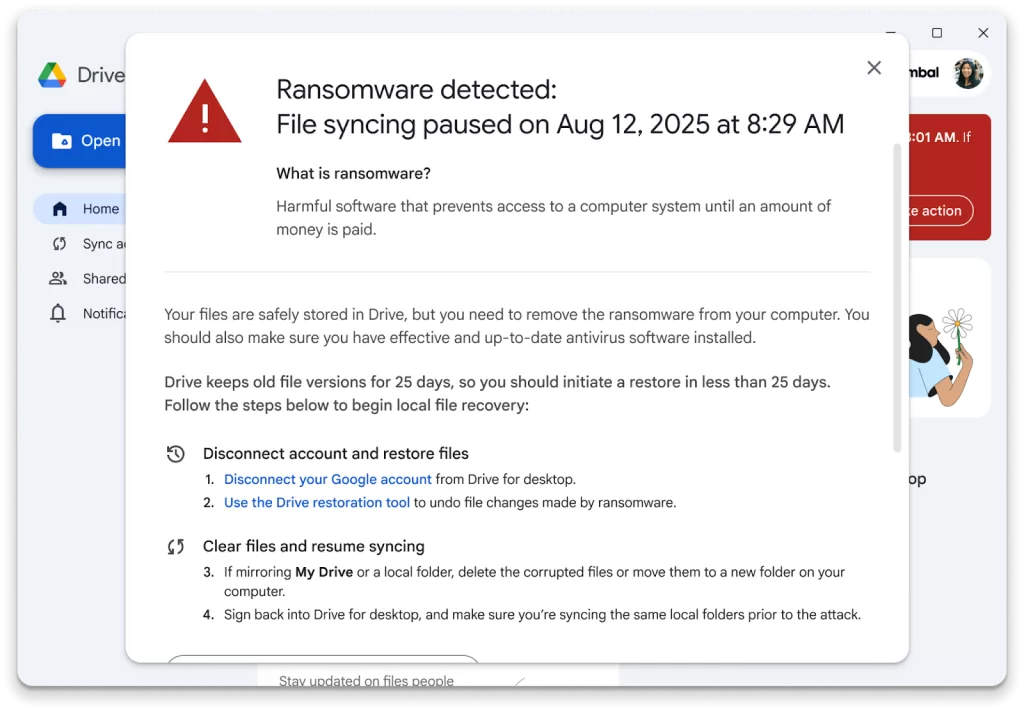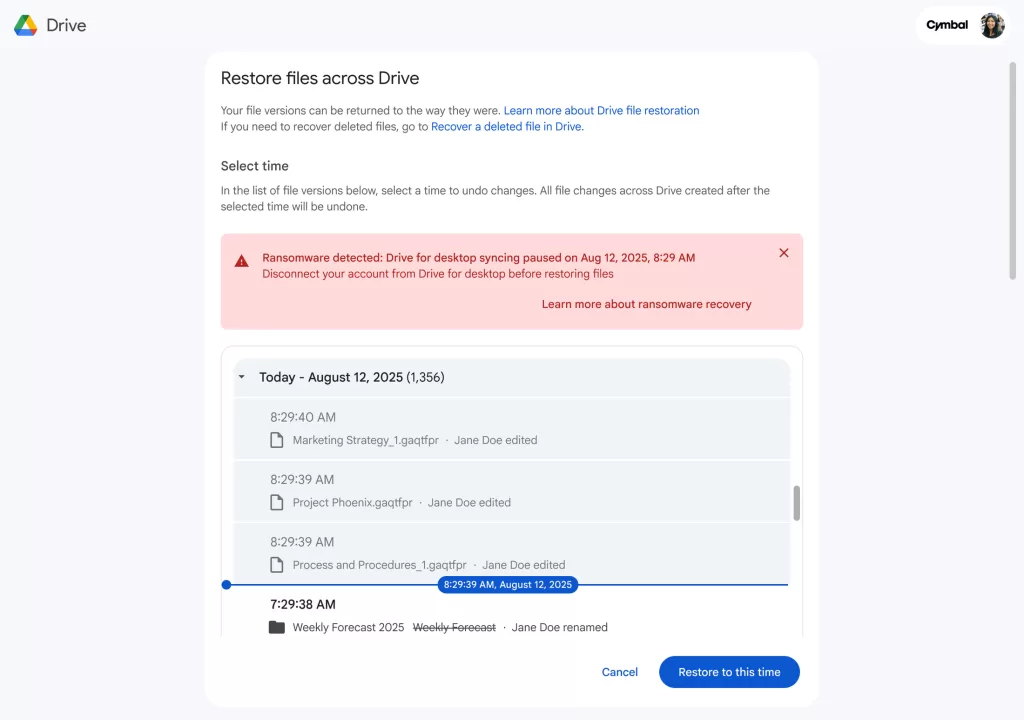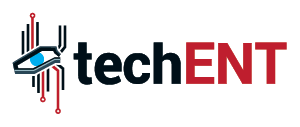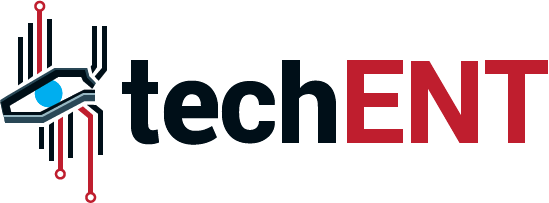Google has deployed a significant new layer of defence against one of the most destructive threats in cyberspace: ransomware. The company is rolling out new AI-powered ransomware detection and file restoration features directly into Google Drive for desktop on both Windows and macOS. This move represents a structural rethinking of cloud security, moving beyond traditional signature-based antivirus solutions to focus on containment and rapid recovery after an infection has already occurred.
The new system is designed to stop ransomware from achieving its main objective: spreading chaos and demanding extortion for corrupted files.
You Will Be Compromised
Google’s approach is innovative because it assumes that ransomware will, inevitably, find its way past initial security layers. The technical strategy centers on specialized AI behavior monitoring.

The detection engine uses a specialised AI model, trained on millions of real-world ransomware samples, to monitor file activity in real-time. The AI is specifically looking for the core signature of an attack: the attempt to encrypt or corrupt files en masse. This focus on malicious behaviour rather than specific known virus signatures allows the defence to adapt to novel (zero-day) ransomware variants without requiring manual signature updates. The detection engine continuously analyses file changes and incorporates new threat intelligence from VirusTotal to stay current.
Once the system spots this suspicious activity, it rapidly intervenes to put a “protective bubble” around the user’s data by automatically pausing file syncing to the cloud. This critical step prevents the encryption from spreading beyond the infected local device and corrupting the clean data stored in Drive accounts across the organization.
Recovery Made Simple
The most significant practical benefit for users and IT administrators is the ease of recovery, minimizing the downtime and cost associated with a ransomware attack.

When Drive detects unusual activity, users receive an alert on their desktop and via email. This alert guides them through the restoration process. Instead of needing complex re-imaging or costly third-party recovery tools, users can access an intuitive web interface in Drive that allows them to easily restore multiple files to a previous, healthy state with just a few clicks. This rapid recovery capability ensures that even if a local machine is compromised, the business can quickly revert malicious changes and prevent permanent data loss.
The feature is particularly relevant for organizations that operate mixed Google-Microsoft environments, as it provides a robust layer of protection for traditionally vulnerable formats like Microsoft Office documents and other Windows files that are synced to the cloud.
Availability
The AI-powered ransomware detection and file restoration capabilities are currently rolling out in an open beta. The feature is included in most Google Workspace commercial plans (Business Standard, Enterprise, Education, and Frontline plans) at no additional cost. It is also being made available to consumers with personal Google accounts, who will benefit from the easy file restoration capability.
The features are turned on by default for users in Google Workspace organizations, though administrators maintain the control to disable detection or restoration if necessary. Users must have Google Drive for desktop v.114 or later installed on their computer to enable detection alerts. The company expects the capability to be generally available by the end of the year.






